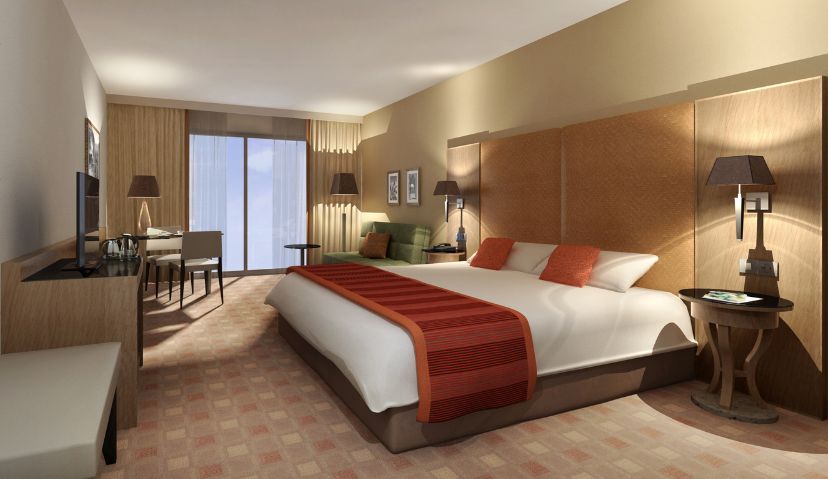Keep up with the latest IoT-based building automation, and follow us on LinkedIn!
An IoT powered building management system is a digital solution that improves the efficiency and performance of your hotel, while also reducing costs. The benefits of using an IoT powered building management system include improved energy efficiency, better asset management and increased guest satisfaction.
The IoT enabled BMS helps you to manage your entire property from one centralized platform. It allows you to monitor all aspects of your hotel including HVAC automation systems, lighting controls, building equipment, power supply, refrigeration, kitchens, cold rooms and more through a single interface on any mobile device or computer.
Understanding the Building Management System for Hotels
The IoT powered building management system for hotels is a comprehensive solution that automates energy and asset management, monitors and analyses building performance. It provides real-time data on the status of various facilities including HVAC systems, lighting controls, refrigeration, cold rooms, earthing, fire alarms etc.
The IoT powered BMS has been designed keeping in mind the requirements of hotels so as to offer them a complete solution for managing their buildings efficiently while ensuring high levels of service quality at all times.
Benefits of Implementing a Building Management System for Hotels includes cost savings, improved customer experience, increased efficiency, etc.
Exploring the Technology Behind the Building Management System for Hotels
The building management system for hotels uses sensors to monitor the environment in the hotel and detect any changes that could impact the guest experience. These sensors collect data on temperature, humidity and CO2 levels in each installed area as well as energy consumption across all areas and equipment of the hotel.
The automation system will adjust air conditioning settings based on occupancy levels or too much CO2 in one area of your room. Finally AI algorithms are used by cloud-based systems so that they can learn from previous experiences with similar situations – when was last time someone turned off their AC unit?
Common Challenges faced when Implementing a Building Management System for Hotels include security concerns, integration compatibility issues with existing systems, cost, etc. To overcome these challenges there are certain best practices which should be kept in mind while implementing a building management system for hotels.
Best Practices for Implementing a Building Management System for Hotels
- Develop a plan
- Choose the right technology
- Test and monitor
Case Study of Successful Building Management System Implementations for Hotels
The customer is one of the world’s leading hotel brands with 1200+ hotel properties and 150,000+ rooms across 65+ countries.
The customer faced multiple challenges, including lack of visibility into energy consumption, asset health, HVAC equipment operations & associated anomalies (TFAs, Secondary Pumps, AHUs), customer comfort (temperature profiles of critical areas such as restaurants, lobby, public areas etc.), food safety (temperature profile of Walk-in chillers, Deep Freezers, Butchery, Main kitchen etc.). So, there was a scope to improve operational inefficiencies and energy savings.
The Future of Building Management Systems for Hotels
The future of building management systems for hotels is bright. As technology advances, the demand for IoT-powered BMS solutions will grow. The adoption rate of these solutions is also expected to increase as they become more affordable and accessible.
Building management systems are an important part of hotel operations. They provide energy and asset management, which can help hotels to save money and reduce their carbon footprint. In addition to saving money and reducing environmental impact, building management systems also improve guest experience by increasing comfort, security, and convenience.
Keep up with the latest IoT-based building automation, and follow us on LinkedIn!

